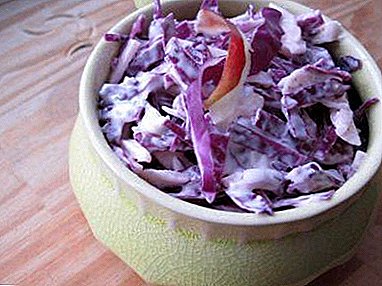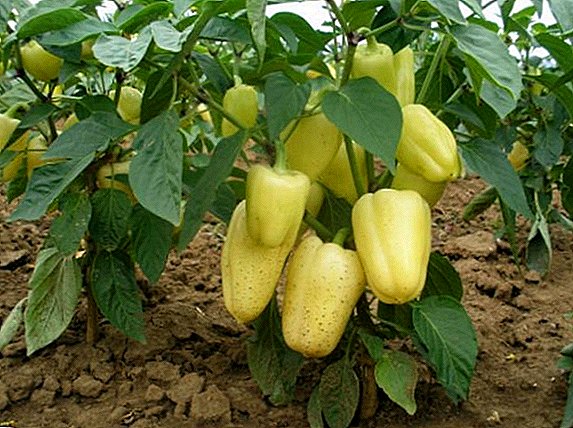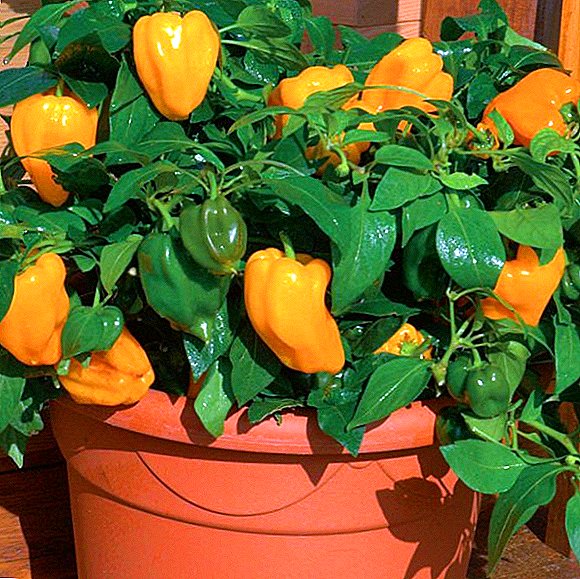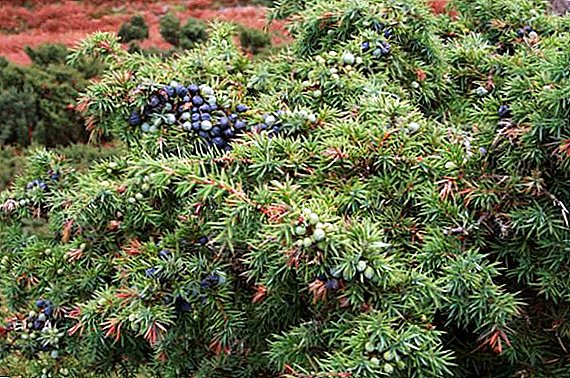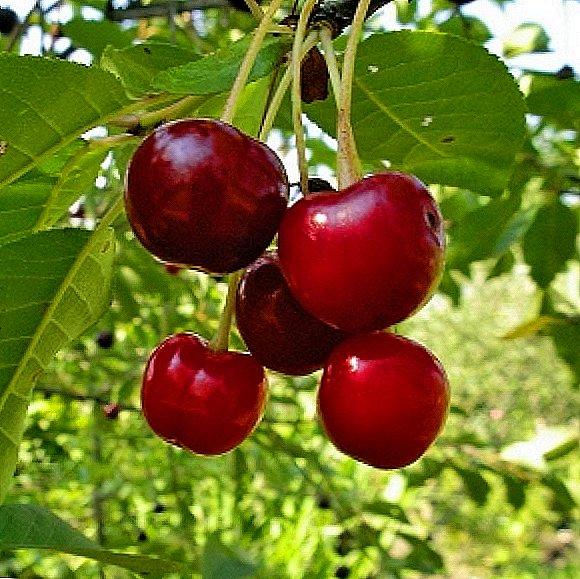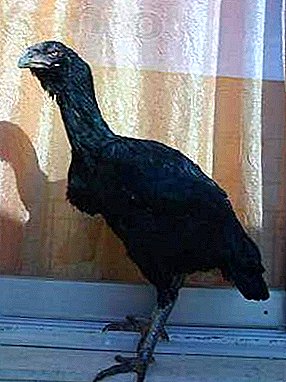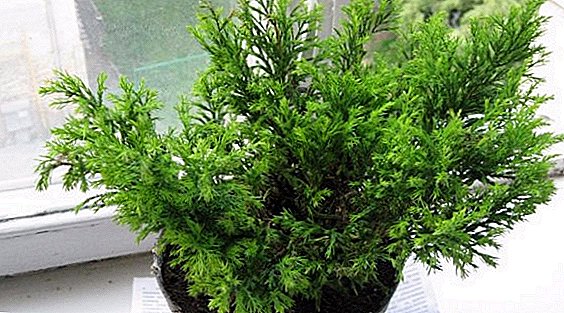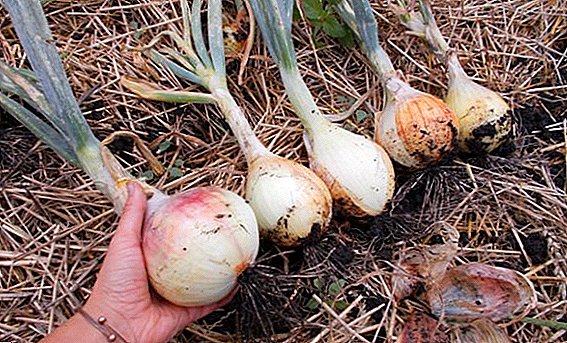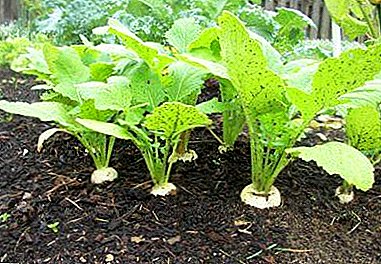
The owner of a number of advantages - turnip occupies a very important place on our dinner table.
For over six thousand years, its useful properties, high yield and unpretentiousness are known to the world.
But is it really that easy to grow a big, crisp and golden fruit? Let's figure it out.
The article will tell you what time frame for sowing is optimal, how to choose the right seed and plant a vegetable.
Planting dates
Turnip refers to the early ripening crops. The average period from sowing seeds into the ground to the formation of fruits is 60-70 days, so you can grow it several times per season. To get a rich harvest for the summer table, you can plant it already in late April - early May, when the soil temperature is + 2 ° C ... + 3 ° C. If the roots are designed for long-term winter storage, seeds are better to sow in early August.
Reference! It is important to know the difference between the words "sow" and "plant." Sow and sow seeds and grains, but single plants are planted, for example, saplings of trees and shrubs.
Variety selection
Turnip varieties are divided into early and late.
Early
 The fruits have a thin skin and not suitable for winter storage.
The fruits have a thin skin and not suitable for winter storage.
These include:
- Geisha (to taste and form resembling daikon);
- Golden Ball (the fruit has a sweetish juicy taste and has a high yield);
- turnip purple (raspberry-pink, with a white tip, weighing 100-150 gr.) and others.
These varieties produce a crop in record 40-45 days and have high taste.
Late
Varieties such as:
- Comet (weighing 90-120 grams, well tolerating storage conditions in the cellar);
- Moon (round, yellow and incredibly juicy fruit);
- Peter's turnips, most common in Russia, due to the high degree of germination and simplicity.
These varieties ripen and are ready for assembly in 60-80 days, they are cold-resistant and easily survive the winter period.
Prices for planting material in Moscow and St. Petersburg
Prices for vegetable seeds, including turnips, are fairly democratic. There are three major seed producers in Moscow: Aelita agrofirm, Gavrish and Yasenevo Garden Center propose to purchase seeds from 10 to 15 rubles per pack. And wholesale orders are possible at a price of 4 rubles. The St. Petersburg firm "Garden" offers seeds at a price of 10-13 rubles. These prices remain average across the country.
What can be grown on the same bed or after what?
Cucumbers, carrots, tomatoes, corn, legumes, or potatoes can be good precursors for turnips in the garden.
Do not plant a turnip in the garden after the cruciferous (cabbage, radish, radish), as they take the same minerals from the soil and the harvest will be worse.
 A turnip will grow big and juicy if its neighbors in the garden are:
A turnip will grow big and juicy if its neighbors in the garden are:
- legumes;
- watercress;
- celery;
- spinach.
But do not plant it next to the cabbage: these cultures have common diseases. After harvesting turnips, radishes or radishes, let the garden rest and plant simple, unpretentious green crops, such as onions or garlic. Having made organic fertilizers, next year you can plant tomatoes or sweet peppers under the cover of the film.
Growing: how to plant a vegetable?
How to sow in the open land?
- Inventory for planting seeds.
For planting seeds in open ground is useful to use:
- shovel (preliminary plowing of the earth);
- rake (loosening the earth and getting rid of stones);
- marker or stick with a small diameter (drawing on the bed of several even rows);
- a bottle with a hole in the center of the cap for uniform planting of seeds in the ground;
- hand scoop;
- watering can
- Preparation of soil for planting.
- Land for planting turnips must be prepared in the fall: dig the soil and apply organic fertilizer.
- With the onset of spring, deep loosening is done and another portion of compost is introduced.
- Superphosphate and potassium chloride are added. If desired, sprinkle with a bed of wood ash to avoid excessive acidity of the soil.
- Using a marker or a regular stick, make several grooves 1.5-2 cm deep, moisten them and sow the seeds in the resulting wells.
- Seed preparation for planting.
 Before planting seeds in the ground must be prepared for sowing. This process involves several stages:
Before planting seeds in the ground must be prepared for sowing. This process involves several stages:- Calibration. Remove all damaged or empty seeds. This is usually done using a specially selected sieve.
- Seed soaking. Most plant diseases are transmitted through seeds, so it is important to disinfect them. Planting material can be calcined in the sun for 2-3 days, however, the most common method of disinfection is to soak the seeds in a 1% solution of potassium permanganate for 20-30 minutes, followed by thorough washing with running water.
- Landing scheme.
Turnip seeds are best planted at the rate of 1 gram per m2, to the depth of the groove of 1.5-2 cm. Or sow 2-3 seeds per well, thinning seedlings further.
- Plant care.
Care of a plant when landing in the spring in an open ground is not difficult. On the 4-7 day after sowing the seeds, the first shoots appear and from this point once or twice a week, thinning is required, leaving the strongest and most viable shoots until 3 sheets appear on them. The distance between sprouts by this time should be within 6-10 cm.
Before the first thinning, it is recommended to treat the soil with ash or tobacco dust to protect against cruciferous flea that can destroy crops. An important factor for the cultivation of a large fruit is the removal of the soil crust. For this purpose, loosening of inter-row spacings to a depth of 3-5 cm is carried out. Together with loosening, weeding is also carried out, removing weeds from plantings.
Turnip is a light-loving and moisture-loving plant, and accordingly, it needs sufficient watering. If the soil does not receive moisture in the form of rain, watering must be done manually, using a watering can and at the rate of 30 liters of water per 1 m2. Dry soil can greatly deteriorate the quality of the crop: fruits will be smaller in size and bitter in taste.
Therefore, watering the seedlings is required 2-3 times a week. 2-3 times for the entire period of ripening in the soil it is also recommended to apply mineral fertilizers, carefully sprinkling them under each plant. But if the land is “rich” and fertile, this is not necessary.
On the packet with seeds, the terms of fruit ripening are usually written for each variety. It is important to study this information and not to allow the already ripe turnips to lie for a long time in the ground, otherwise the flesh will become less juicy and the skin will be rough. Planted in early May, turnips in the middle of summer will delight the table.
When and how to close up in a mini-greenhouse or greenhouse?
The main difference between the cultivation of turnip in greenhouses or greenhouses from growing it in the open field lies in the sowing dates. Sow seeds in the greenhouse can be in early March, in the greenhouse - in early April. Particular attention here should be paid to the choice of a greenhouse or greenhouse that provides sufficient penetration of sunlight and in which semi-automated or fully automated watering of plants can be arranged.
At home
 Let us examine how to plant a turnip and care for the plant at home.
Let us examine how to plant a turnip and care for the plant at home.
- Inventory for planting seeds.
For planting turnip seeds at home are necessary:
- sowing boxes (height 8-10 cm);
- film to cover the soil until germination;
- lamp for lighting up (when sowing seeds before February);
- scoop or other device for loosening the soil.
- Preparation of soil for planting.
For sowing of turnip seeds at home, garden soil and river sand are taken in a 2: 1 ratio. To 6 kg. the resulting mixture add one glass of wood ash and 20 g of nitroammofoski and thoroughly mix all the components.
- Seed preparation for planting.
Before planting, the seeds are calibrated using the method described above and disinfected by heating in hot water. Prepared seeds are mixed with sand in a ratio of 1: 3.
- Landing scheme.
At home, turnips are sown in boxes with a height of 8-10 cm in rows, approximately 5 cm each, to a depth of 1.5-2 cm.
- Plant care.At home, turnips are grown mainly for the sake of greenery rich in vitamins, but if conditions allow and enough space for planting, it is possible to get fruits.
Sowing is done at the end of February - beginning of March in the previously prepared soil according to the specified planting scheme. After sowing, it is recommended to cover the boxes with a film until the first germination of the seedlings. Prior to the appearance of three leaves on plants, sprouts are thinned twice, leaving the strongest and most viable shoots.
The distance between the plants is 5-6 cm. It is better to water the soil with slightly warm settled water, not forgetting to spray the greens. With proper care, the leaves are tender and juicy, and the moisture-loving turnip fruits grow crispy and large, 5-6 cm in diameter.
Turnip is a truly amazing plant rich in vitamins and trace elements, and its scope is huge. Leaves and root vegetables are boiled, baked, steamed, added to main dishes and salads, used in traditional medicine. Breeders many years ago brought varieties of turnips for every taste. It remains only to choose and grow.


 Before planting seeds in the ground must be prepared for sowing. This process involves several stages:
Before planting seeds in the ground must be prepared for sowing. This process involves several stages: